Traveling around Japan can be challenging, given its language, unfamiliar writing, and seemingly opaque customs. However, understanding a few basic tips for traveling to Japan will help you make the most out of your visit.
The country has a wide range of attractions, from ultra-modern cities such as Tokyo to the traditional streets of Kyoto. It also has beautiful mountains, tropical beaches, and a perhaps surprising amount of green countryside.
You can suffer sensory overload in neon hotspots such as Osaka’s Dotonbori entertainment district. In contrast, the many ancient temples, and shrines can be havens of quiet spirituality. With a little preparation, you will be able to make the most of this extraordinary country.
Choose the “Right” Season
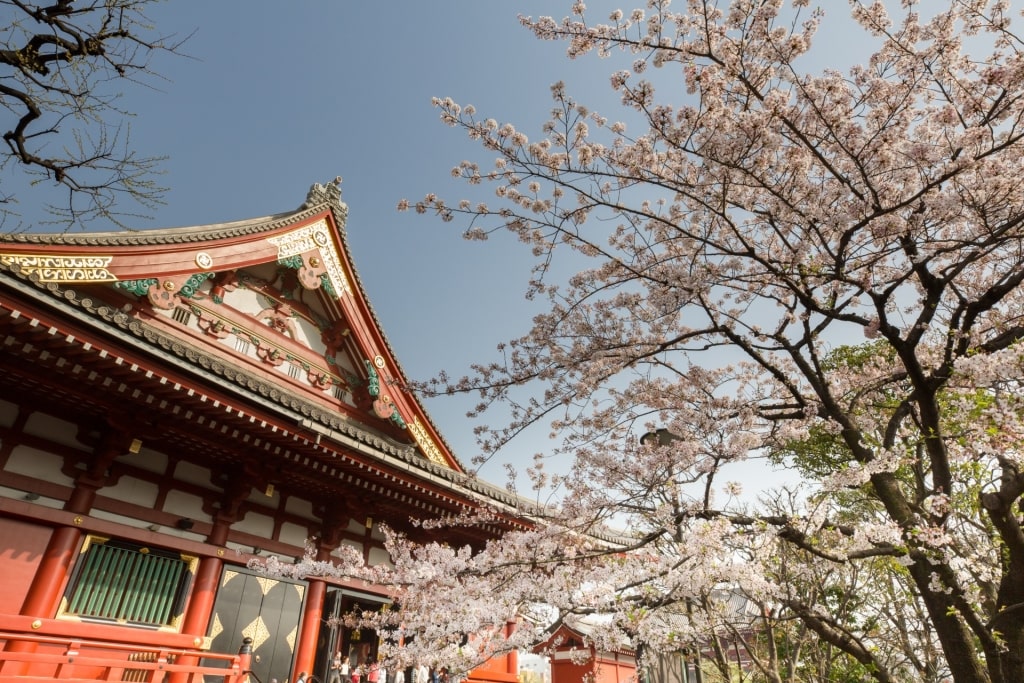
Sensoji Temple, Tokyo
The best time to visit Japan depends on your own interests, but spring, from March to May, is the most popular for many visitors. As well as bringing mild, pleasant weather across much of the country, it’s also cherry blossom season.
The downside is that sights such as Tokyo’s Ueno Park, or Kyoto’s Philosopher’s Path, and Arashiyama become very crowded indeed. Osaka Castle Park, and the Hiroshima Peace Memorial Park are also busy at this time of year.
In summer, from June to August, the weather is hotter and more humid, but it’s also the time for traditional festivals. July sees the 1,000-year-old Gion Matsuri in Kyoto, and the Tanabata, or “Star” Festival in Aomori.
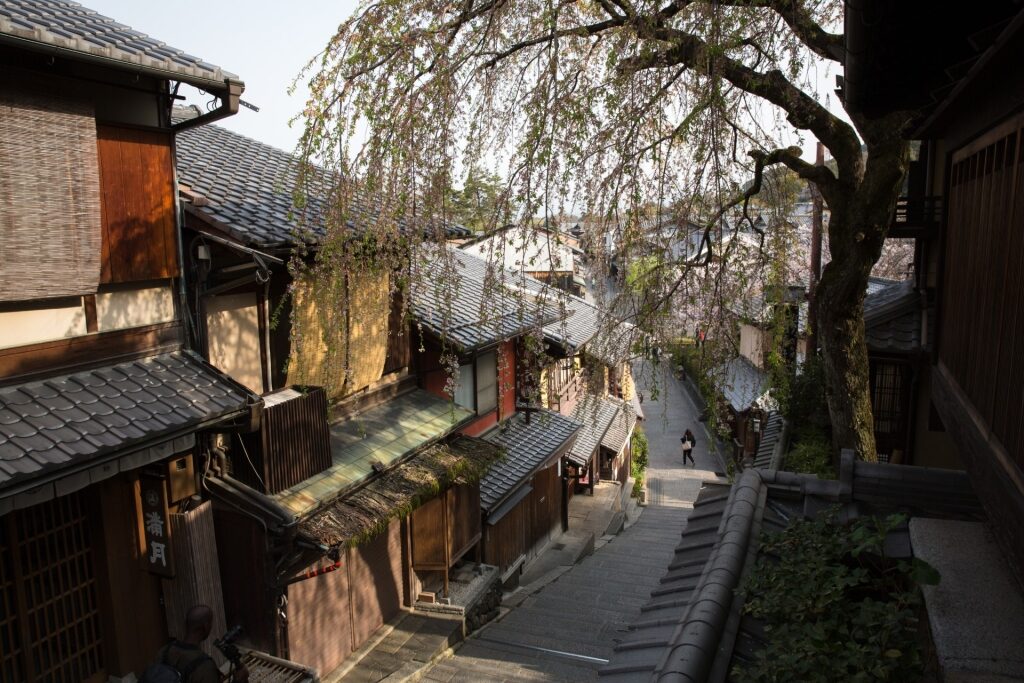
Kyoto
Colorful foliage is a big draw during fall in Japan, from September to November, when crowds are much smaller, making for a great time to visit. Kyoto, and Nara are particularly beautiful at this time of year, while Japan’s northernmost island of Hokkaido also has lovely autumn landscapes.
In winter, from December to February, Hoakkaido opens its ski resorts, and the whole country has unique New Year celebrations. Temples such as Kinkaku-ji in Kyoto and the iconic Mount Fuji are especially photogenic when covered in snow.
Be Aware of Regional Differences
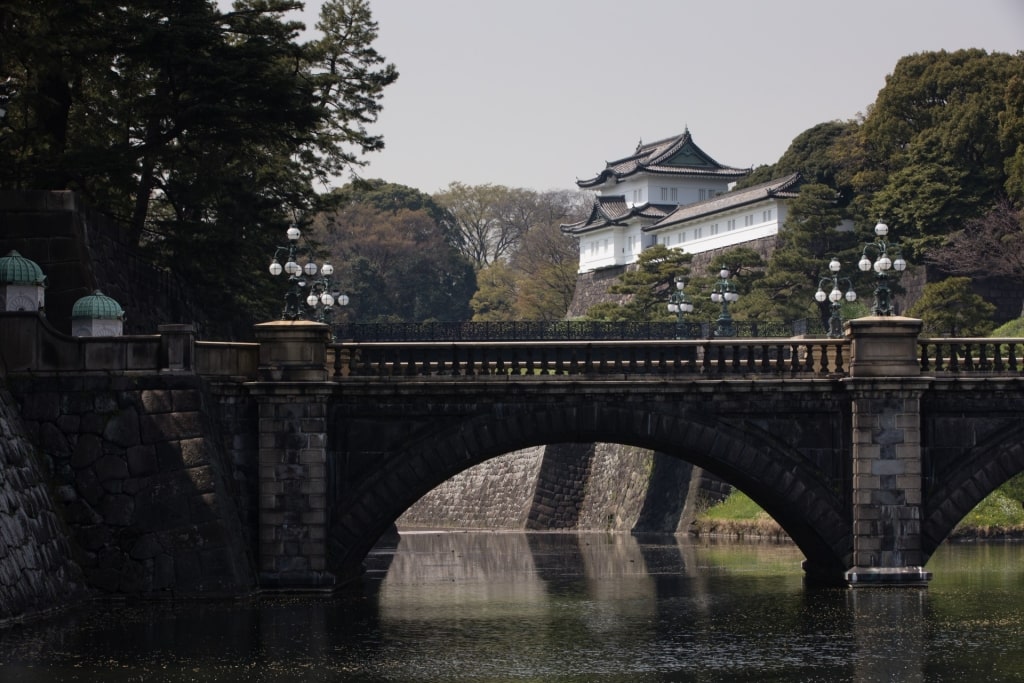
Kokyo Gaien, Tokyo
Japan’s four main islands have distinct differences. The weather and visitor numbers vary from north to south.
Hokkaido, in the north, has cold, snowy winters and short, mild summers. It has fewer visitors than the island of Honshu, but is popular with the domestic market, especially for skiing—and its food.
Honshu is the largest, most populous island as the home of Tokyo, Kyoto, and Osaka. It is the cultural heartland of the country, with traditional arts, cuisine, and major Japanese landmarks.
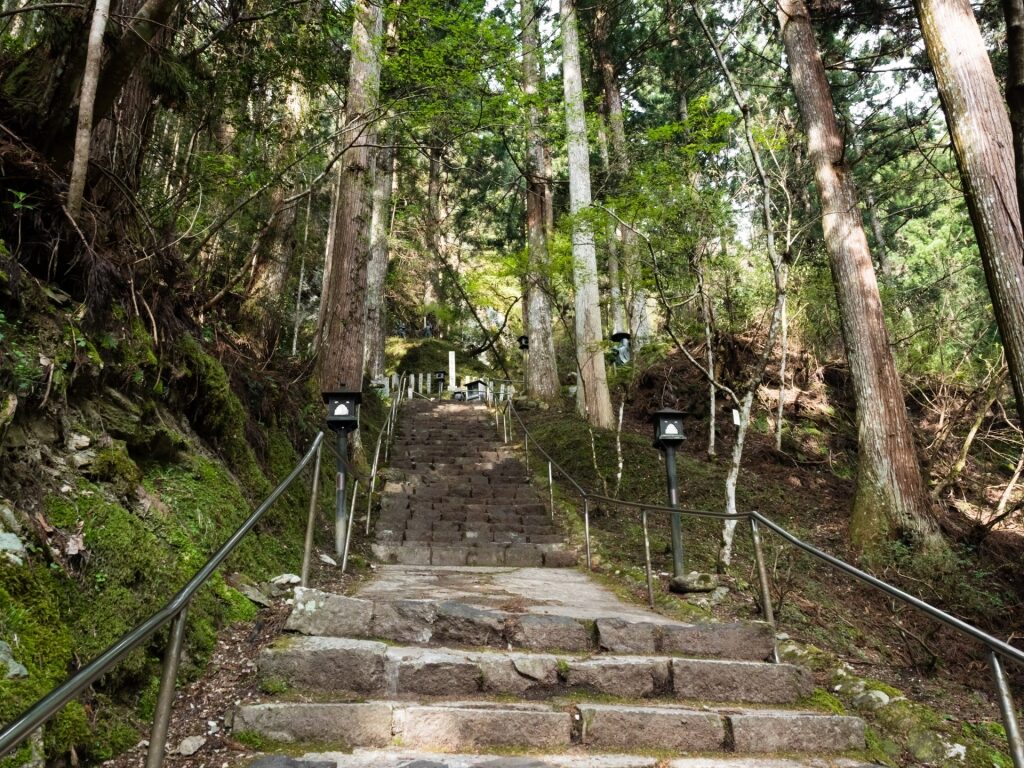
88-Temple Pilgrimage Route, Shikoku
Shikoku enjoys a very pleasant spring and fall, and a distinct rural, nature-oriented way of life. It is growing in popularity for its natural landscapes, the 88-Temple Pilgrimage Route, and less visited sights such as Kochi Castle.
Kyushu in the south has a subtropical climate with very mild winters. Visitors come for its hot springs, historic sites, and cities such as Kagoshima and Nagasaki.
Schedule Travel Around Major Events
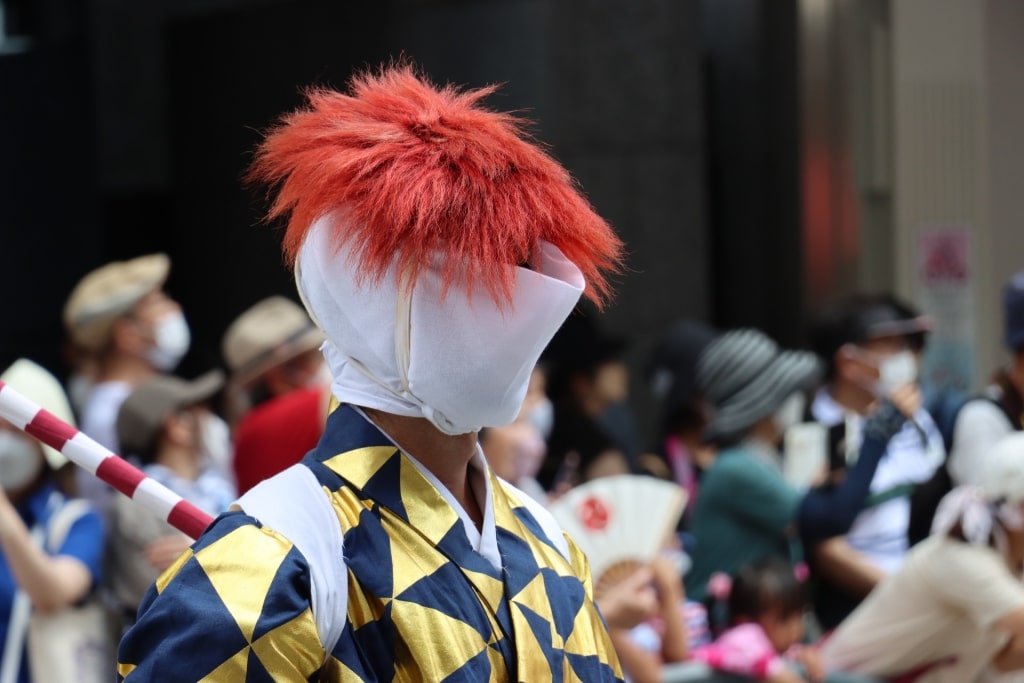
Gion Matsuri, Kyoto
Japan is known for its spectacular matsuris and other festivals that are worth scheduling a visit around. A matsuri is a colorful street parade, with large, decorated floats and hundreds of drummers.
In February, the Sapporo Snow Festival in Hokkaido is famed for its massive ice and snow sculptures. The longest-running such event is the Yuki Matsuri in Tokamachi, Niigata, also in February.
Spring brings the Kanamara Matsuri in Kawasaki, a fertility festival held in April. The Takayama Matsuri, in Gifu, featuring puppets, is held in April and October.
July and August are the peak season for matsuris. There are famous ones in Aomori, Gion, and Tenjin.
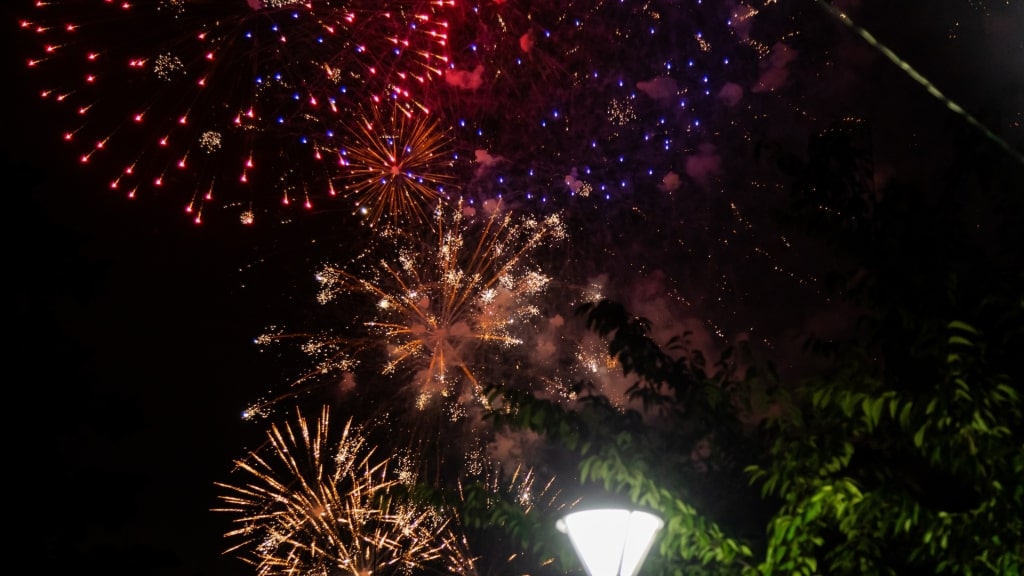
Sumidagawa Fireworks Festival, Tokyo
Notable Tanabata, or Midsummer festivals are held in Sendai and Hiratsuka during July or August. At the end of July, the massive Sumidagawa Fireworks Festival will also take place in Tokyo.
The Cherry Blossom Season, Hanami, varies, moving north from late March to early May. Peak bloom in Tokyo, and Kyoto is typically late March/early April.
The Plum Blossom Viewing, or Ume, during February to March, is less famous. However, it’s just as beautiful.
Read: Three Days in Tokyo
What to Pack
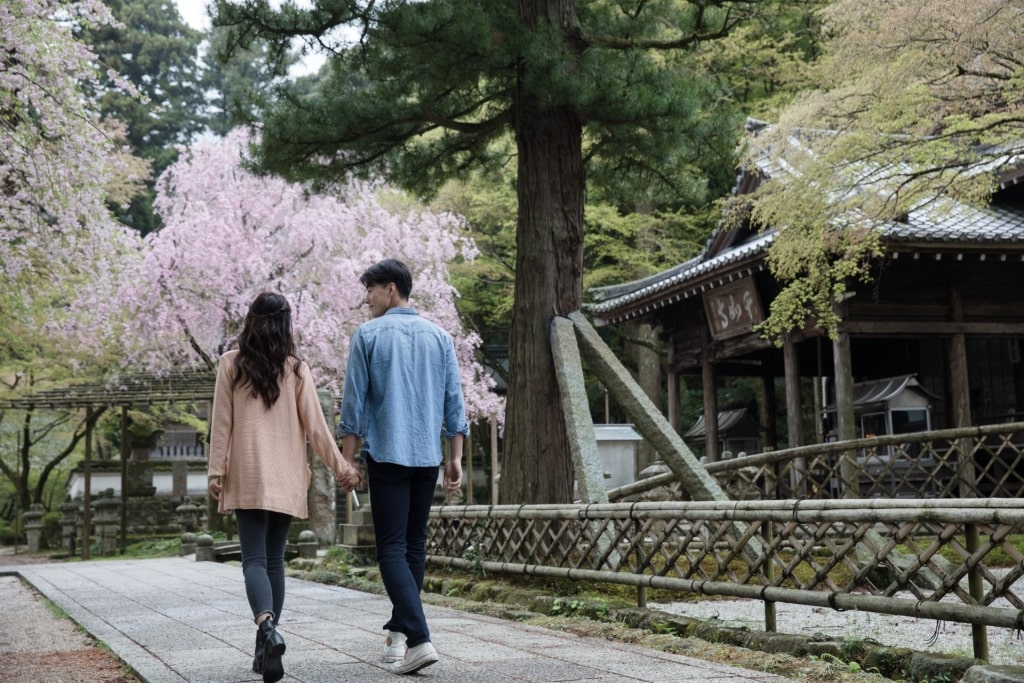
Fukuoka
Dressing well is important in Japan, so pack some smart clothes to avoid feeling out of place. In temples or shrines, you should cover your shoulders and knees.
Light, breathable layers including a rainproof jacket are best for Japan’s humid climate. That humidity can quickly turn to brief showers.
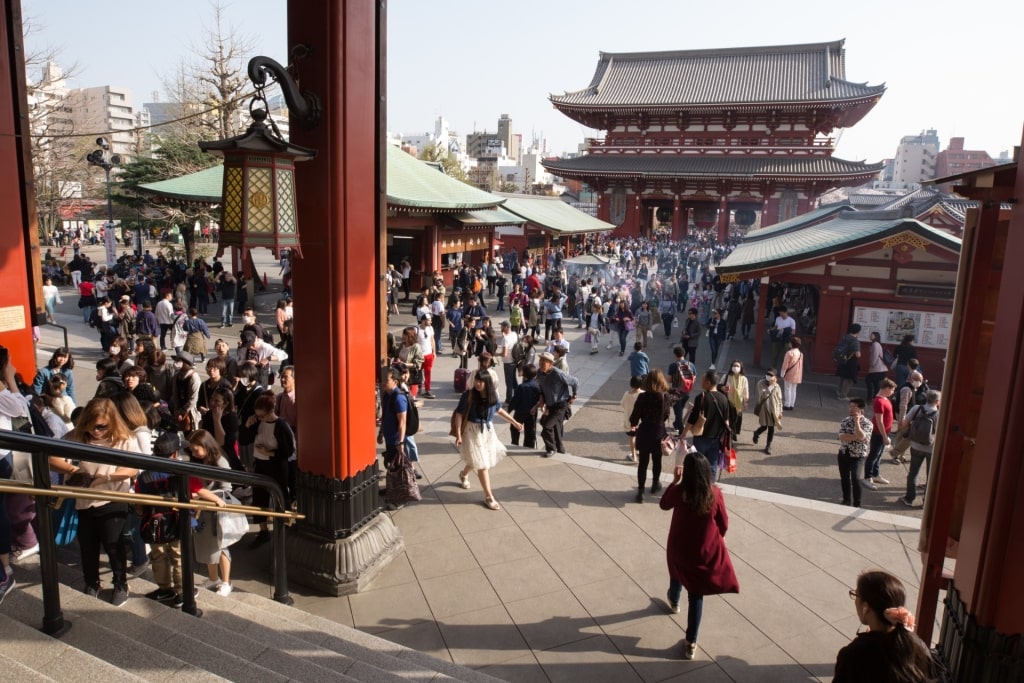
Sensoji Temple, Tokyo
Some temples and gardens cover vast areas, so bring comfortable shoes. Slip-ons will make it easier to take them off when required.
Throw in a phrasebook or translation app, as English is little used outside the bigger Japanese cities. Japanese meal portions can seem small to many Westerners, so you might want to carry a favorite snack.
Tattoos were once used as a punishment of criminals and still have bad associations for Japanese. Onsen or spas may ask you to cover them up with tape, so bringing a roll matching your own skin tone is useful.
Read: What to Pack for Japan
Learn a Few Basic Japanese Phrases
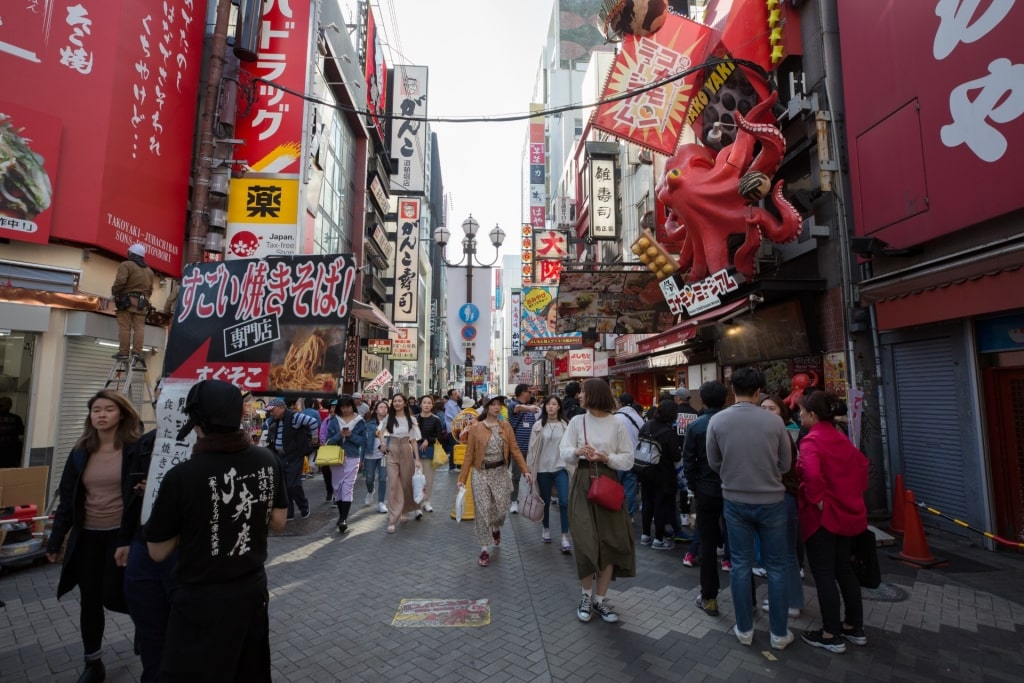
Dotonbori, Osaka
English is not widely spoken, especially in rural areas. Learn some basic phrases like “Arigatō-gozaimasu”, which means thank you very much, and “Konnichiwa”, or hello, to help show respect.
“Sumimasen”—excuse me/sorry—is very useful for passing through crowds, or to call a waiter. In shops, you will be greeted by staff with “Irasshaimase!”, which means come in! Welcome!
Major signage in Japan is often in English as well as Japanese. In train stations, some employees have a translator app to help travelers with any questions.
Experience Regional Cuisines
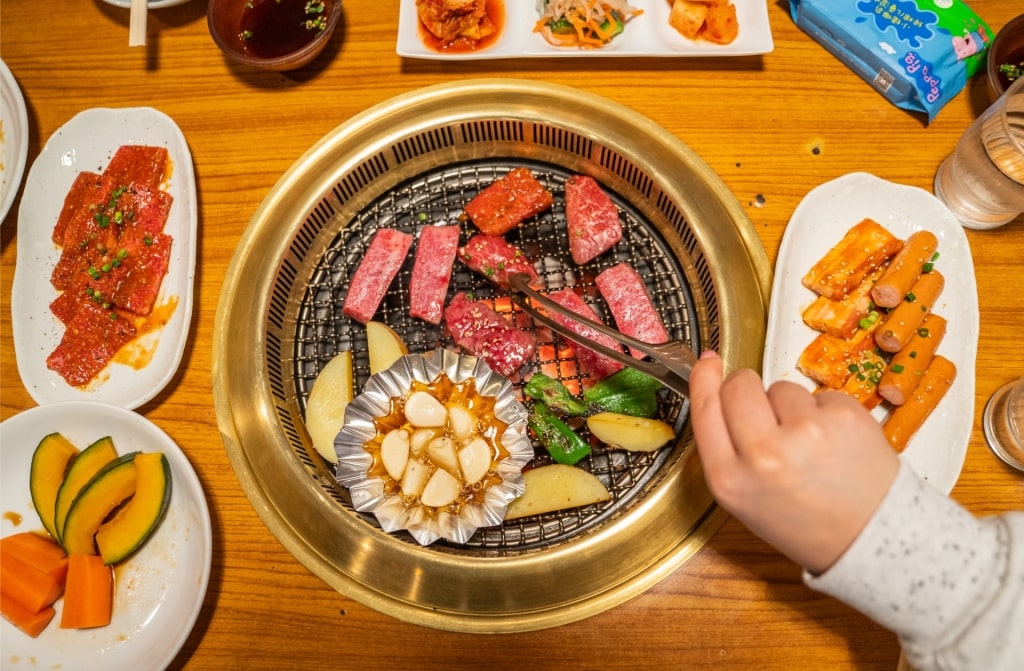
Japanese food
As with Italy or France, the strength of Japan’s cuisine rests on its regional differences. This wide base gives great variety and interest to the country’s food.
Hokkaido is known for fresh seafood such as salmon, crab, sea urchin, and potatoes. Dairy products, including cheese and ice cream, are also specialties.
Honshu has the most familiar, yet diverse cuisine. Its strength of seasonal delicacies ranges from dishes such as okonomiyaki, which are savory pancakes, to takoyaki, or octopus balls.
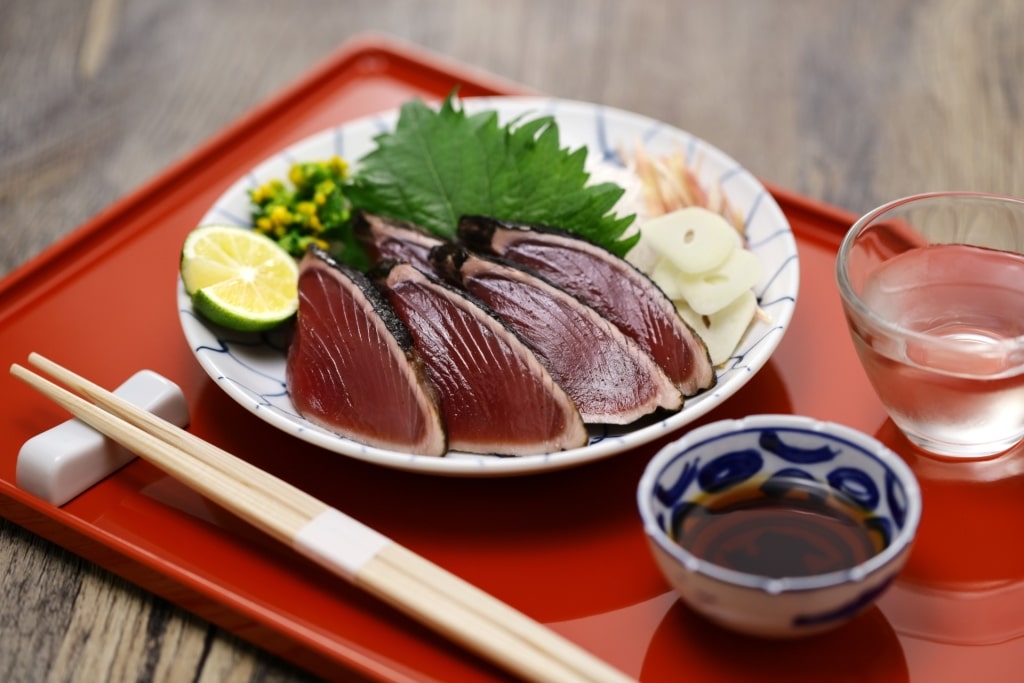
Katsuo no tataki
Seafood-centric dishes such as katsuo no tataki, or seared bonito, and sanuki udon noodles are Shikoku specialties. You’ll also find unusual citrus fruits, including the lime-like sudachi, and dekopon, a variety of seedless orange.
Kyushu’s subtropical climate produces lots of fresh produce and meat. Favorites here are Tonkotsu ramen, with its rich pork broth, and Nagasaki champon noodles.
Be Polite
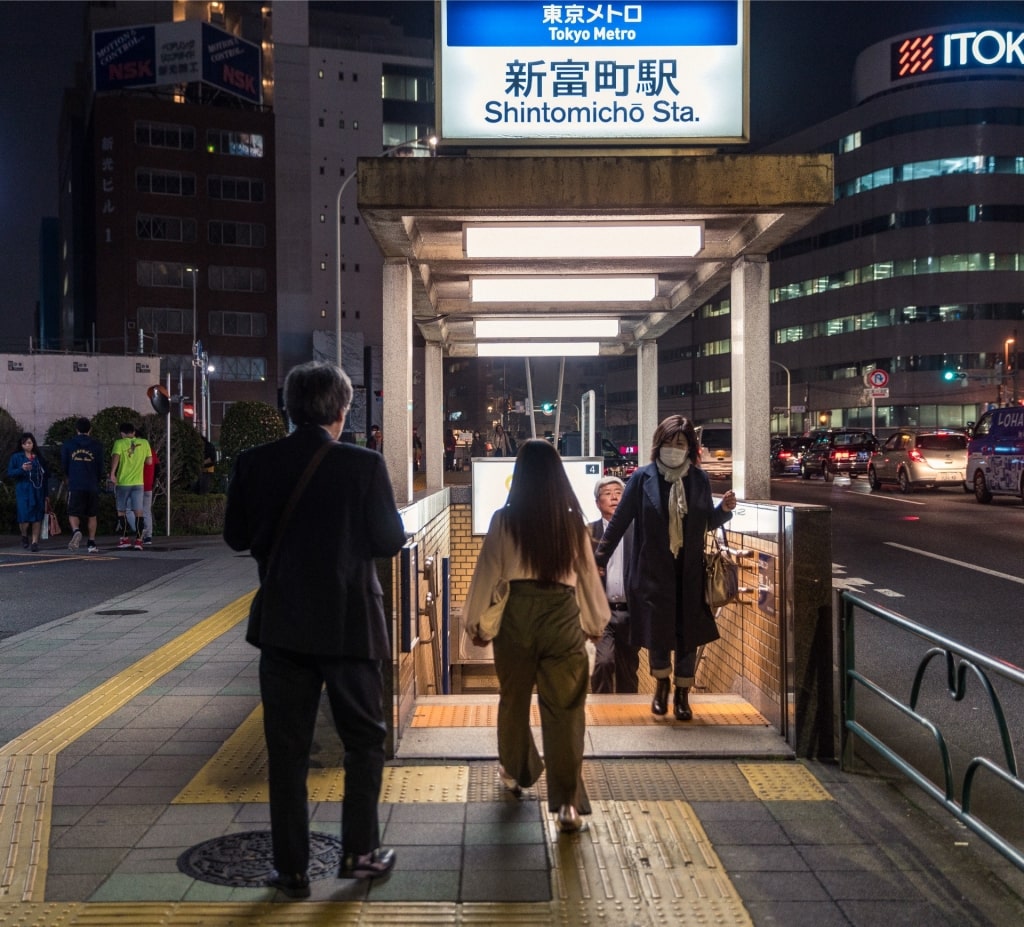
Tokyo
While Japanese etiquette has a reputation for being complicated, its underlying principle is pretty simple. One of the best travel tips for Japan you can remember is about being polite to other people to make daily life better for everyone.
For example, you’ll notice people all walk on the same side of the street and stand on the same side of the escalator. That makes it easier to get around without bumping into anyone.
Other customs include not eating or smoking in the street, as the smells are annoying. You don’t blow your nose in public and nor do you raise your voice.
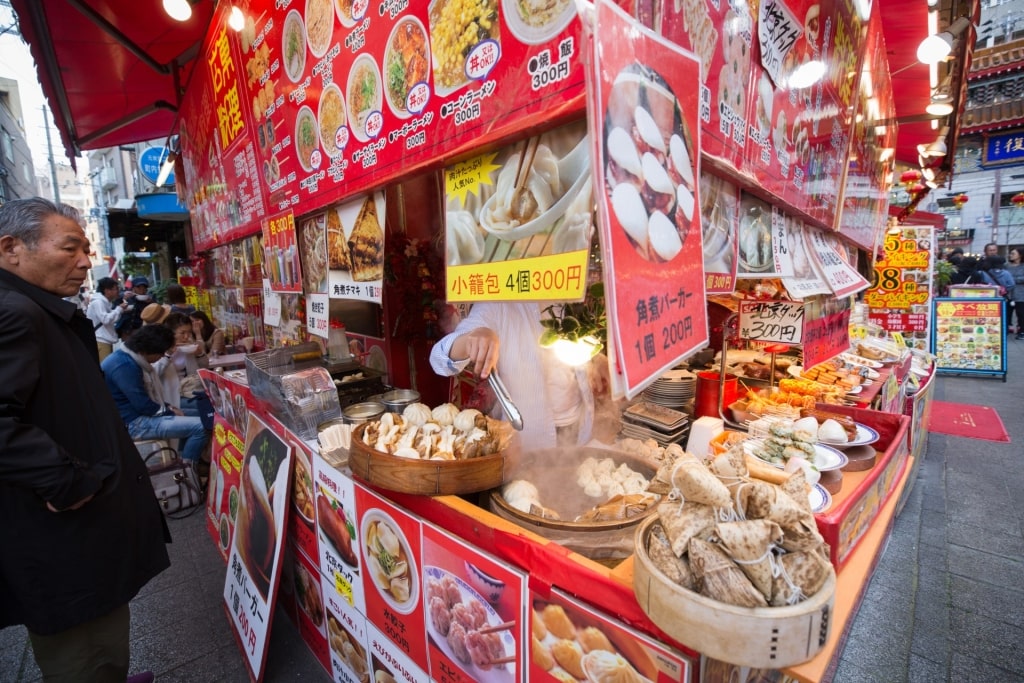
Kobe
If you grab a snack from a convenience store, you’ll find an area in it to eat, with trash cans. Don’t drop litter; you need to carry it until you find a proper place for it.
Like anywhere, some younger people push the boundaries of these rules. However, it’s still rare to hear loud conversations on Japanese trains, for example.
Some rules are less obvious, such as not pointing with a finger, for example, when asking for directions. Use your whole hand instead.
As to bowing, that is where things can become complicated. However, foreigners do get a pass on the details and any polite bow is appreciated.
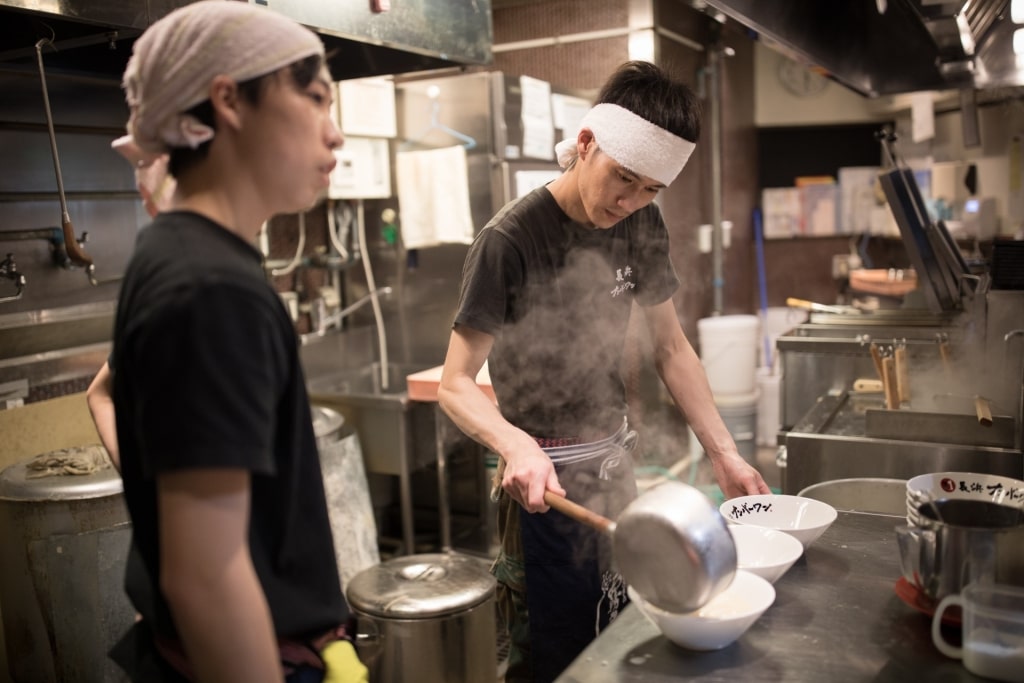
Fukuoka
The good news is that tipping may be mildly insulting to servers or other professionals. Instead, show your appreciation after a meal by saying “Arigatō-gozaimasu” to the staff.
Take off your Shoes
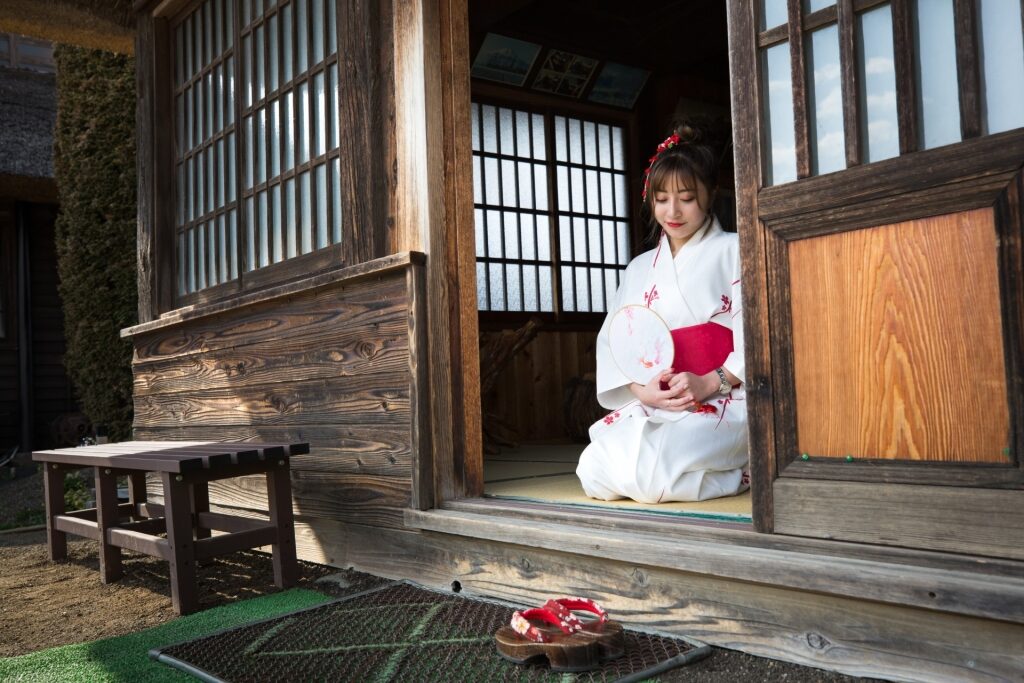
Tokyo
You will often have to go shoeless in Japan. When preparing for a day out, you might want to check any socks for holes, or wear slip-ons.
Again, taking your shoes off is just polite, as it saves tracking outdoor dirt inside. It’s respectful for the cleanliness of the place you are entering, or a temple’s spiritual cleanliness.
A sign that you need to take off your shoes is a shoe rack near the entrance, and/or a slight step up or down. You might then be given slippers to wear.
If you go to the restroom, a dedicated pair of slippers is left outside the door. Don’t make the faux pas of forgetting to change these out again when you leave.
Stepping on the door frame when entering anywhere is considered bad luck. Other unlucky things include taking photos of graves, or of three people; a superstition is that one in the middle will die first.
Understand Shrines and Temples
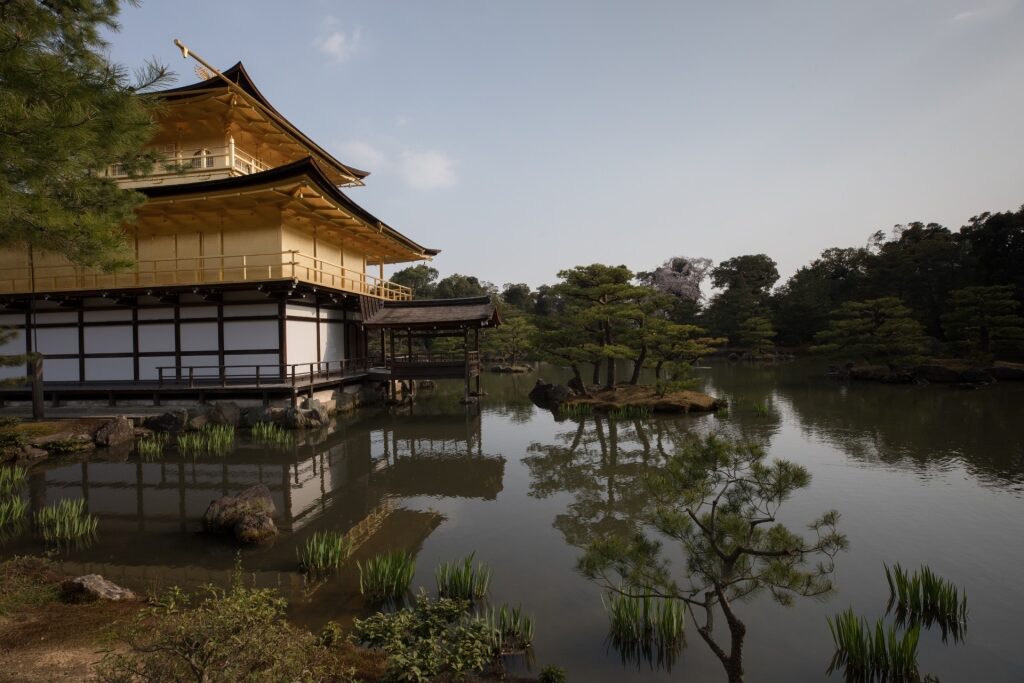
Golden Pavilion, Kyoto
Among Japan’s most beautiful sights are its shrines and temples. Shrines such as Meiji Shrine in Tokyo, and temples such as Kinkaku-ji, The Golden Pavilion in Kyoto welcome thousands of visitors every day.
A shrine, or “jinja” is linked to the ancient Shinto religion and is dedicated to deities or spirits. They are marked by torii gates, often painted vermilion red, and they have a simple design.
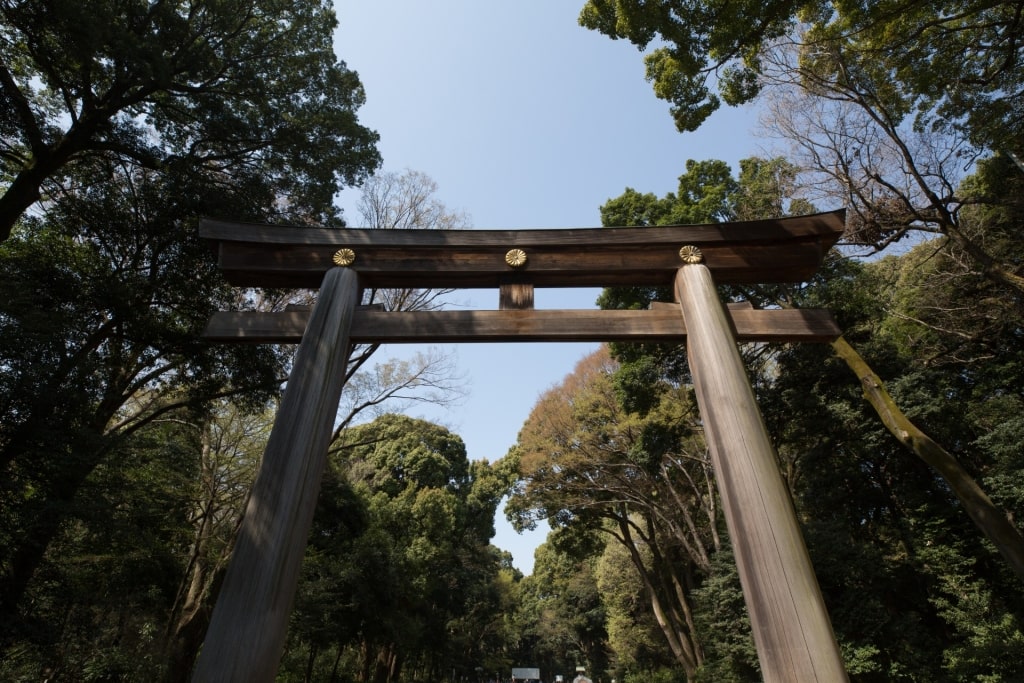
Meiji Shrine, Tokyo
Worshippers use a water basin with a ladle for ritual cleansing and might bring offerings of sake, rice, and salt. At the haiden, the worship hall, you ring a bell, so the gods know you are there, then clap your hands twice before a prayer.
A Japanese temple, a “tera” or “ji”, is a spiritual sanctuary dedicated to Buddhism. Its architectural elements include pagodas, halls, statues, and zen gardens.
The water purification ritual, ringing a bell, and double clap before prayers are similar to shrines. A major difference is the use of smoke from bundles of incense sticks as a healing ritual.
Practice Using Japanese Chopsticks
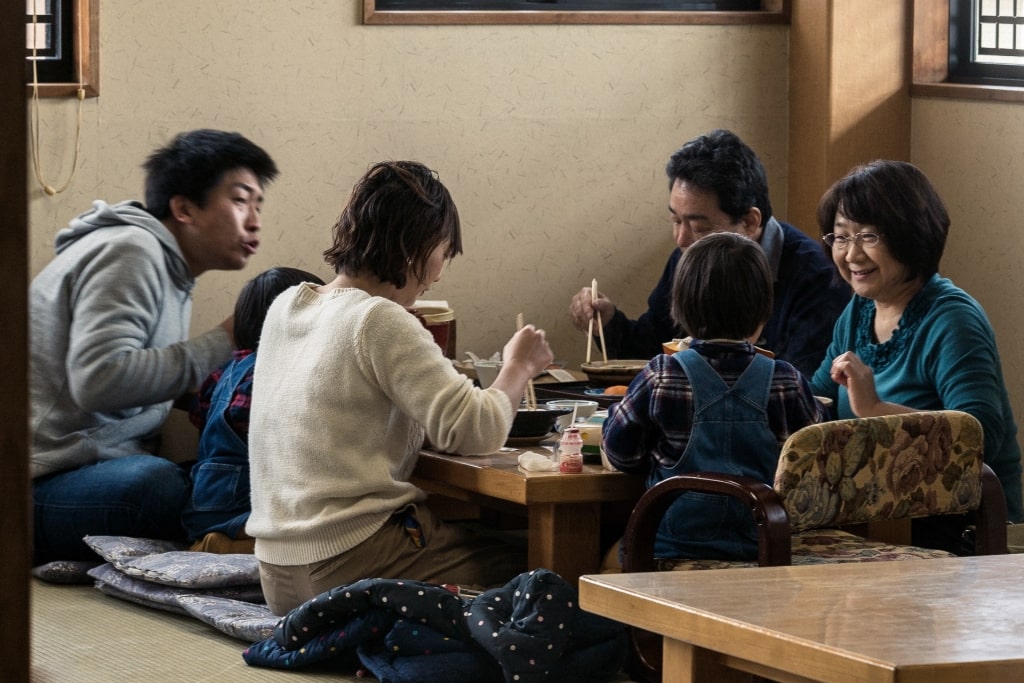
Nagasaki
While some larger restaurants might have Western cutlery, the majority offer chopsticks. If you are only used to Chinese ones, you’ll notice Japanese ones are shorter and pointed.
The point is designed for the fish-rich Japanese diet. It can even pick up a last grain of rice, as leaving any is impolite to the farmer and cook.
They are also shorter than Chinese or Korean ones because it’s not done in Japan to share food with them. Like cutlery, it’s also bad manners to play with them or rub them together.
Most foreigners know not to stand chopsticks up in a bowl of rice. That’s because of the resemblance to burning joss sticks, part of many Asian funeral rites.
With sushi, you do not normally use chopsticks, although you can. It’s more normal to pop it whole into your mouth.
Good Manners in Restaurants
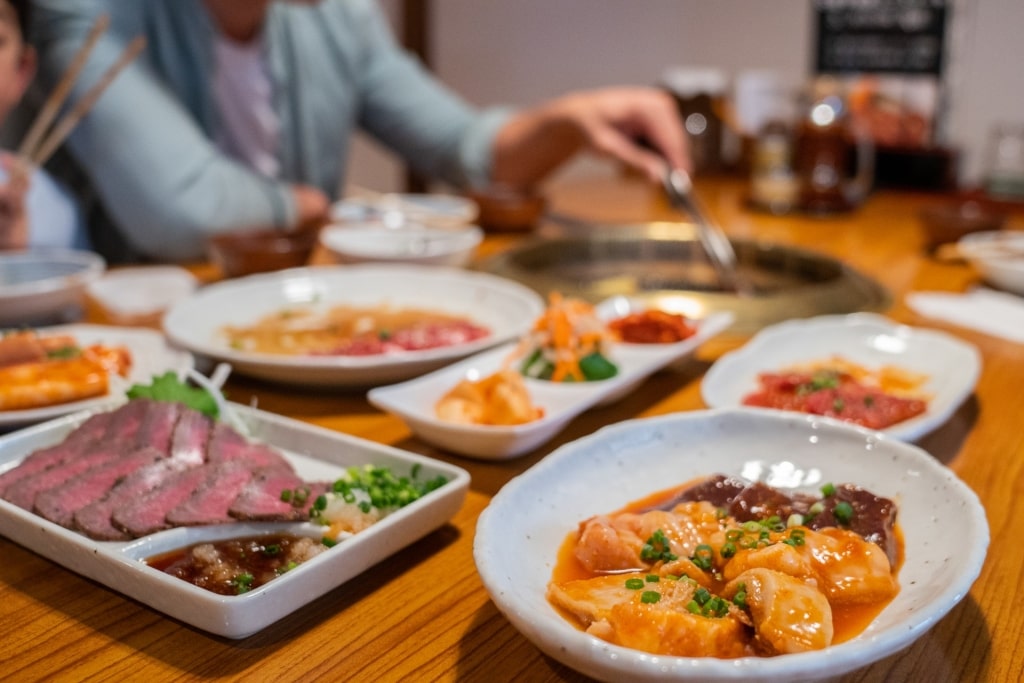
Japanese food
Many Japanese restaurants are very small, so can only serve a few customers at a time. It’s therefore polite not to linger over a meal, or split one meal between two.
Many restaurants and shops are not on the ground floor as is the norm elsewhere. Look up for signs, often a vertical neon one.
You will be greeted with a wet washcloth or towelette, cold in summer, hot in winter. This “oshibori” is for wiping your hands, and not your face—no matter how sweaty you feel.
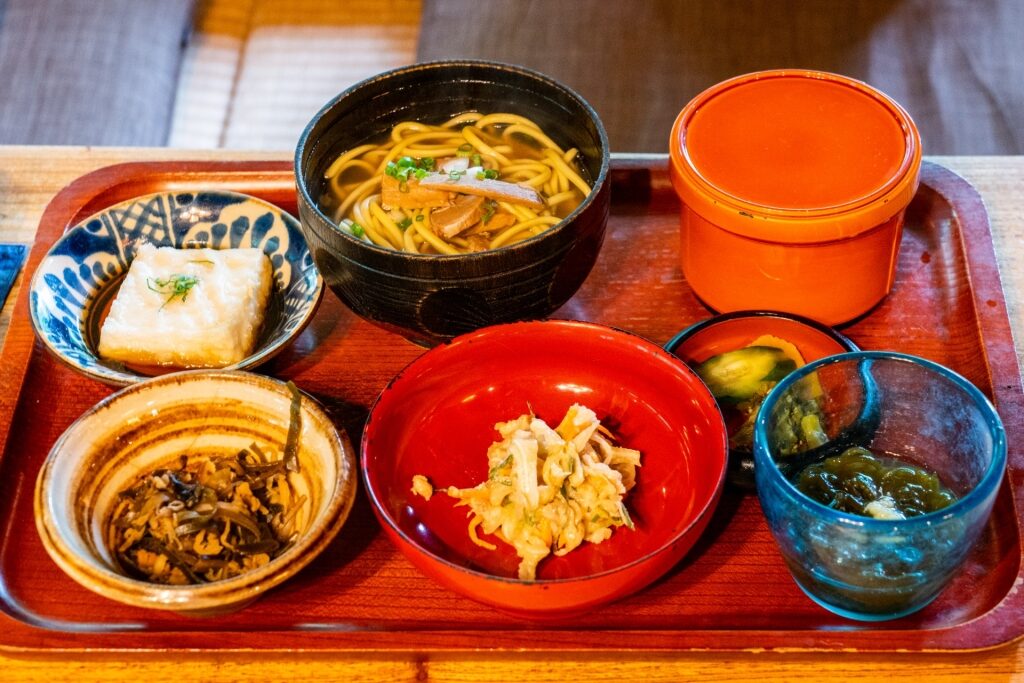
Japanese food
The language on menus is often very stylized, even if you read basic Japanese. Fortunately, many restaurants have waxed or plastic models of dishes that you can just point at.
Most people will know that slurping your food is considered a sign you are enjoying the meal. It’s also considered good manners to finish everything on your plate.
Know How to Use an Onsen
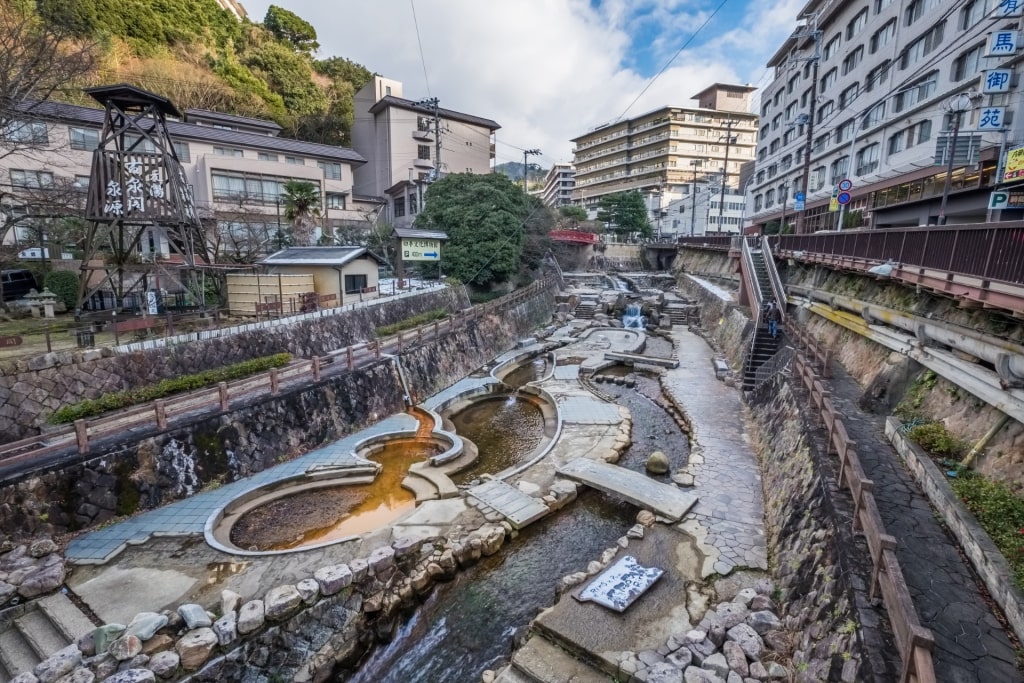
Arima Onsen
Every visitor to Japan should visit a hot spring, an onsen. Arima Onsen, just outside Osaka, is an off-the-beaten-path gem in Japan, known for its therapeutic mineral waters.
There are many things to know about the Japanese onsen, but the basics are simple. The key thing, as with all Japanese etiquette, is to think of other people.
You need to shower thoroughly before you get in the bath. This keeps the water clean for everybody.
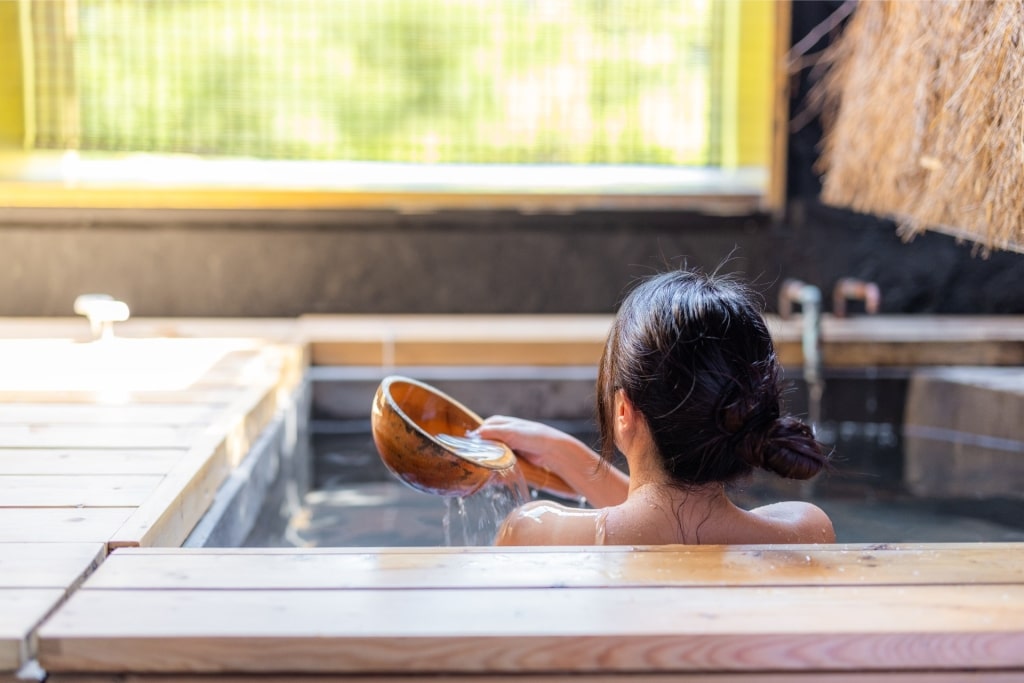
Japanese onsen
You do not wear a bathing suit, as you can’t shower properly wearing one. Private baths are available. They are gendered for this reason, usually with a red sign for women and blue for men.
A small towel is provided for modesty but this must not touch the water. Keep it on the poolside near you, or on your head.
To keep the water clean of hairs, tie up any long hair and do not dip your head underwater. Some onsen have policies against tattoos, so you may be asked to cover them up.
Read: Best Places to Visit in Japan
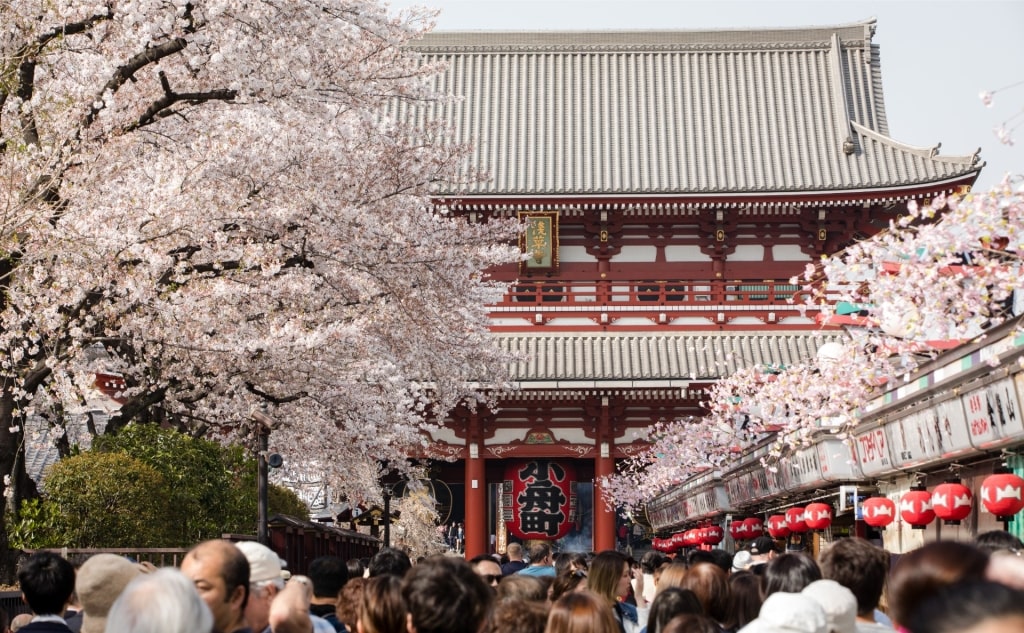
Sensoji Temple, Tokyo
Are you ready to explore this beautiful country? Browse Celebrity’s cruises to Japan and plan your Asian adventure.



